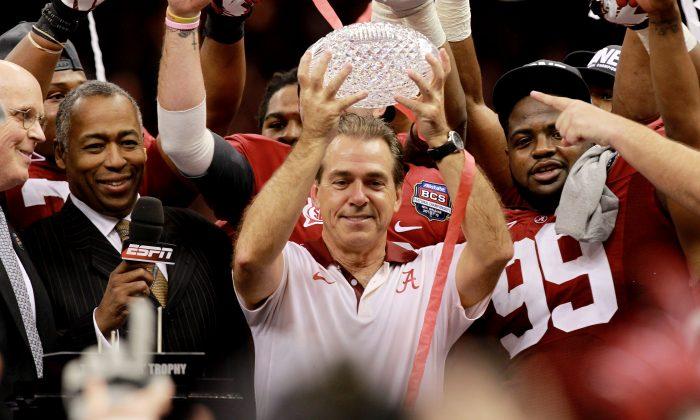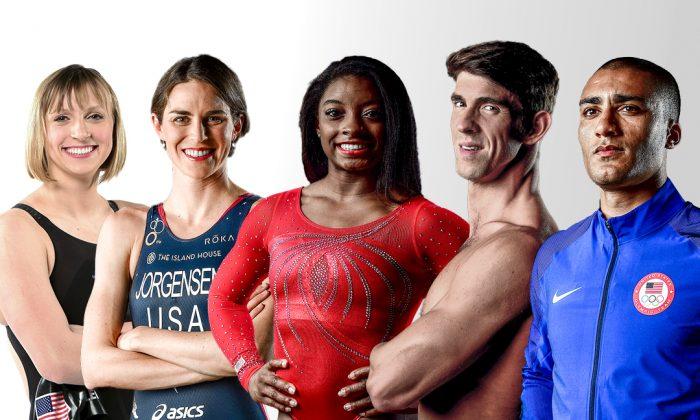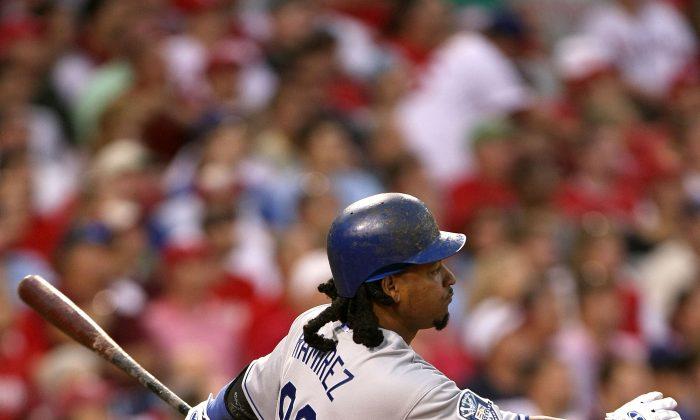The New York Jets completed their first draft under new GM Mike Maccagnan Saturday and though the scouting results won’t be in for several years, the strategy of taking the “best available” player was largely applauded by experts.
With the future of the struggling franchise hinging on their first-round pick, Maccagnan resisted the urge to give up an arm and a leg for QBs Marcus Mariota or Jameis Winston and took defensive tackle Leonard Williams—even though the defensive line is the team’s lone strength.
Hey, you can never have enough good linemen.
After the first round and with many of the “can’t miss” prospects off the board, Maccagnan then went after upgrading team weaknesses—except for offensive line.
Jets took wide receiver Devin Smith in the second round, linebacker Lorenzo Mauldin in the third, quarterback Bryce Petty in the fourth, offensive guard Jarvis Harrison in the fifth, and defensive tackle Deon Simon in the seventh. Meanwhile, he acquired veterans running back Zac Stacy and wide receiver DeVier Posey via trades to round out the haul.
Harrison is, of course, an offensive lineman (and may turn out to be a steal) but in general, taking one player in the fifth round doesn’t sound like they’ve really upgraded the position. (I'll give Maccagnan a pass here though as the Jets have numerous weaknesses and a limited number of picks to upgrade them with. Let’s move on.)
Petty is an interesting selection here. Though one can never tell with any certainty who will pan out and who won’t, multiple teams were trying to move up to land the ex-Baylor star—which can’t be a bad sign. Like Williams in the opening round, he was the “best available,” at least at his position, though that strategy isn’t without its faults either—just ask the Detroit Lions front office of a decade ago.
The Lions and then-GM Matt Millen, armed with the second overall pick in the 2003 draft, went with the best player available in wide receiver Charles Rodgers—wrong decision. Rodgers, who totaled just 440 receiving yards in three years, ended up being one of the biggest busts ever. But that didn’t prevent Millen from taking another wide receiver (Roy Williams) with his first-round, seventh overall choice the following year.
The former Pro Bowler had one great season (and three and a half decent ones) with the Lions, before getting traded to Dallas.
Then in 2005, following their fourth straight 10-plus-loss season, the Lions again went with the best available strategy and took another wide receiver in the first round—for the third straight year—grabbing Mike Williams of USC. Williams, who was done in Detroit after just two seasons, turned out to be only marginally better than Rodgers.
Undaunted by past draft fails, the Lions again went with the best available strategy two years later in 2007 to take wide receiver Calvin Johnson second overall—the fourth time in five years they took a receiver in the opening round.
The result this time was the best wideout in the game and one of the best of all-time as the three-time All-Pro has accumulated six 1,000-yard seasons including an NFL-record 1,964 yards in 2012.
Meanwhile Leonard Williams, like most first-round choices, looked like a dominant college player, but so was Charles Rodgers 12 years ago. The best available strategy, like any other draft strategy, hinges on scouting.





